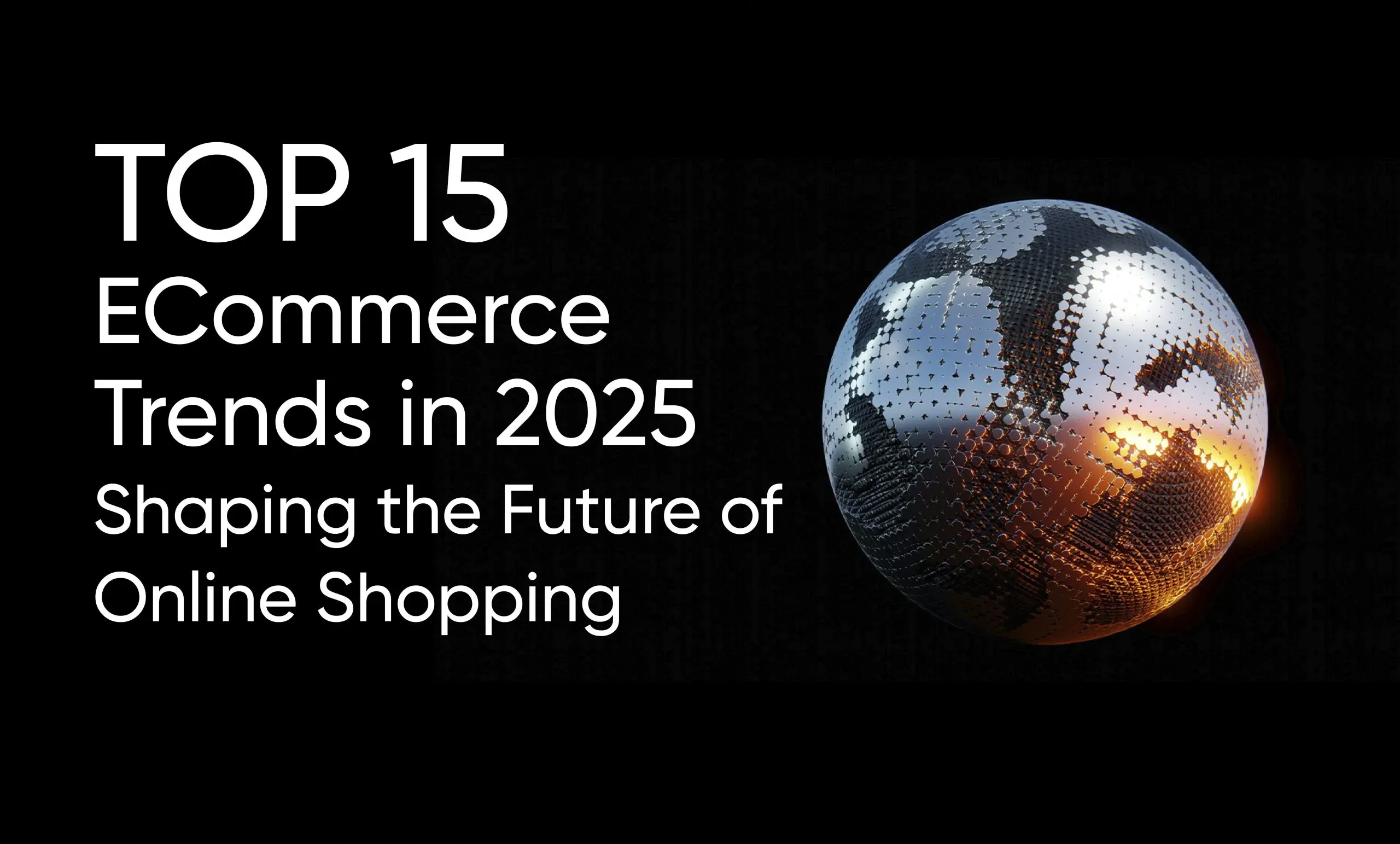As we look ahead to E-commerce trends 2025, the landscape of online shopping is set to undergo remarkable transformations, driven by technological advancements and evolving consumer expectations. The future of e-commerce will hinge on the integration of artificial intelligence, enhancing the personalized shopping experience and fostering customer loyalty in e-commerce through tailored recommendations and automated support. Additionally, the e-commerce supply chain will need to adapt to ongoing challenges, ensuring efficiency amid increasing demand for seamless service. With the rise of social commerce and innovative payment solutions, businesses must innovate to maintain a competitive edge in this dynamic environment. As digital interactions become more prevalent, understanding and leveraging these trends will be crucial for brands aiming to thrive in the ever-evolving e-commerce sector.
In 2025, the online retail sector will see significant shifts that redefine how businesses engage with consumers and how shoppers interact with brands. The next evolution of digital commerce promises to usher in advanced technologies that provide more personalized and intuitive shopping experiences, thereby enhancing customer satisfaction and loyalty. As companies navigate the complexities of supply chain management and adapt to new consumer behaviors, embracing innovations such as AI-driven insights will be essential. Furthermore, the integration of online and offline experiences will reshape the marketplace, offering a seamless journey for customers. Understanding these emerging patterns is vital for brands seeking to capture market share and ensure long-term success in the rapidly changing e-commerce landscape.
E-commerce Trends 2025: The Future of Online Shopping
As we look towards 2025, the landscape of e-commerce is set to evolve dramatically. The intersection of advanced technology and changing consumer behavior will shape the industry’s future. With the rapid integration of artificial intelligence (AI) in e-commerce, brands can expect to see an enhanced focus on personalization, making shopping experiences more tailored to individual preferences. Retailers will leverage AI-driven analytics to understand buying patterns and enhance customer engagement, fostering loyalty through a customized approach.
Moreover, the trend of social commerce will continue to gain momentum, with platforms enabling brands to connect directly with consumers through influencer marketing and user-generated content. This shift not only drives sales but also builds community around brands, which is essential for customer retention. As competition intensifies, companies that prioritize innovation and adaptability will secure their position in the market, ensuring they meet the diverse needs of their customers.
Frequently Asked Questions
What are the key e-commerce trends to watch in 2025?
E-commerce trends in 2025 will be defined by the integration of AI and automation, enhancing personalized shopping experiences and dynamic pricing. Businesses will also focus on subscription-based models and omnichannel strategies, ensuring seamless integration of online and offline shopping.
How will AI in e-commerce transform customer loyalty by 2025?
AI in e-commerce will play a crucial role in fostering customer loyalty by providing hyper-personalized experiences and insights into consumer preferences. Brands leveraging AI can create tailored recommendations and improve customer service, leading to higher satisfaction and trust.
What impact will supply chain challenges have on the future of e-commerce in 2025?
The e-commerce supply chain in 2025 will face ongoing disruptions, requiring businesses to adopt more flexible and responsive strategies. Companies that utilize AI for predictive analytics and inventory management will be better equipped to navigate these challenges and maintain customer trust.
How can e-commerce businesses enhance their personalized shopping experience in 2025?
To enhance personalized shopping experiences in 2025, e-commerce businesses should leverage AI-driven tools to analyze consumer behavior and preferences. This approach allows for tailored product recommendations, dynamic pricing, and targeted marketing efforts.
What role will social commerce play in e-commerce trends by 2025?
Social commerce will become increasingly significant in 2025, with live shopping and influencer partnerships driving sales. User-generated content will also be pivotal, as brands seek to create authentic connections with consumers through social platforms.
How will subscription-based models evolve in e-commerce by 2025?
Subscription-based models in e-commerce will expand across various categories, offering consumers convenience and personalized options. Brands will need to innovate continually, focusing on customer-centric strategies to attract and retain subscribers.
What are the security challenges e-commerce businesses will face in 2025?
E-commerce businesses will face sophisticated cyberattacks in 2025, necessitating robust security measures. Balancing security with user experience will be vital, as companies implement strategies like two-factor authentication and biometric verification to protect transactions.
Will customer preferences affect e-commerce strategies in 2025?
Absolutely. As consumer preferences evolve, e-commerce strategies must adapt to meet these changes. Companies that prioritize innovation and customer-centric approaches will succeed in capturing and retaining consumer trust and loyalty.
How important is the integration of online and offline channels for e-commerce in 2025?
The integration of online and offline channels will be crucial for e-commerce success in 2025. Click-and-collect services, virtual fitting rooms, and AR/VR shopping experiences will enhance customer engagement and streamline purchasing processes.
What is the significance of personalized payment options in e-commerce for 2025?
Personalized payment options will be critical in e-commerce by 2025. Retailers that adopt localized and unified payment strategies can reduce transaction abandonment and cater to customer preferences, ultimately driving sales and enhancing the shopping experience.
| Key Points | Details |
|---|---|
| Challenges Ahead | Supply chain disruptions, cyberattacks, and competition for customer loyalty. |
| Technological Advances | AI and automation will redefine personalization, pricing, and customer service. |
| Growth of Social Commerce | Influencer partnerships and user-generated content will drive sales. |
| Omnichannel Experience | Integration of online/offline channels with features like click-and-collect. |
| Subscription Models | Expansion across categories, emphasizing customer-centric strategies. |
| Importance of Personalization | Customized experiences enhance customer satisfaction and loyalty. |
| Payment Innovations | Localized payment options and security measures are crucial for trust. |
Summary
E-commerce trends 2025 are set to revolutionize the online shopping landscape, driven by emerging technologies and evolving consumer behaviors. As businesses face challenges like supply chain disruptions and the need for heightened security, they must adapt their strategies to leverage AI and automation effectively. With the rise of social commerce and personalized shopping experiences, brands that prioritize customer trust and innovation will thrive in this competitive environment, ensuring a seamless, engaging shopping journey for consumers.










